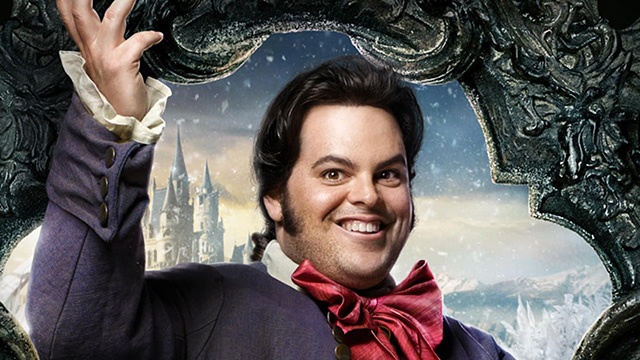
(Courtesy Disney)
By Alondra Abreu
Many have asked for years that Disney include an LGBT (lesbian, gay, bisexual, transgender) character in one of its films. It doesn’t seem too farfetched, given Disney’s number of LGBT artists and employees.
Now, with the 2017 remake of the Disney animated classic, Beauty and The Beast, they have their wish. In an interview with Attitude magazine, the film director Bill Condon revealed that he intended the character of LeFou, Gaston’s sidekick, to be exploring his sexuality. “LeFou is somebody who on one day wants to be Gaston and on another day wants to kiss Gaston,” Condon tells the magazine.
His comments caused an international commotion.
Clip from the movie featuring LaFou and Gaston.
Before the film aired on March 14 it had churchgoers and Bishop Rennis Ponniah of Singapore’s St. Andrew’s cathedral condemning it. Ponniah published a statement to “alert” the congregation about the “homosexual content” in the film. “Parents are strongly advised to provide guidance to their children about this remake… and indeed, to their children’s entertainment choices in a rapidly changing age,” the statement said.
Some members of the Latino community seem to agree; particularly Latino women between the ages of 45 and 65 who have emigrated the U.S. For these women, the topic of homosexuality is a taboo in their villages and towns. They felt certain scenes in Beauty and the Beast were certain to cause confusion and a commotion.
“Wow, I don’t think I’ll let Frank watch this movie,” whispered Alfa Gomez, 51, to her daughter Macie Gomez, 34, as they left the theater. “Disney should have done a better job at editing some of the scenes out.”
Mother and daughter had finished watching Beauty and the Beast and were now on their way to brunch with some friends. Yet, as they arrive at the restaurant, Papasitos, the topic of the movie shortly surfaced.
“LeFou is clearly gay and infatuated with Gaston,” said Marisol Diaz, 53, who was sitting next to Alfa Gomez. “LeFou starts giving Gaston a hand, shoulder, and ear massage, which was definitely sensual from LeFou’s perception.” This scene in the film is followed by LeFou, Gaston’s sidekick and loyal companion, sitting on Gaston’s lap, leaning in, and putting Gaston’s arms around himself.
“The homosexual character is something that I don’t want my kids seeing or trying to do,” said Alfa Gomez. “Kids are like sponges they absorb and reflect depending on their environment.”
Another couple cuts into the film, LeFou dances with a woman, and then dances with a man. “It was made to appear as an unplanned accident,” said Diaz. Though, according to the director, Bill Condon, LeFou seems “confused about what he wants” and is “somebody who’s just realizing that he has these feelings.”
There are no explicit discussions in the film about gay rights, gay marriage, or the morality of gay relationships. LeFou, doesn’t have a husband, boyfriend, or even an explicit same-gender love interest in the film.
However, regardless of the director’s outlook, some Latino parents won’t budge. “Not that I won’t accept my child if they are homosexual,” said Diaz. “But I want that decision to be made on their own, not to be taught in a movie or show.” She went on to say how “disappointed” she is with Disney and how her favorite childhood fairytale has been “interpreted.”
“Growing up in Dominican Republic the topic of sexuality was unmentionable,” said Cristina Bernal, 54. “Mainly because there was no other sexuality accepted besides heteros.” Bernal grew up in Moca during the 1960s, which was a time of recovery from the dictatorship of Rafael Trujillo. “Trujillo ignored the tourist industry because he didn’t want Americans snooping around and spreading their wild ideas about freedom,” said Bernal. “And he made strict rules against homosexuality during his time of ruling.”
Therefore, Dominicans weren’t exposed to outside influences and were forced to keep their affairs private. Despite the backlash from parents and churchgoers, it hasn’t corked the film. Walt Disney’s Beauty and the Beast has earned $910.8 million worldwide total.
Yet, some believe says the message of the Disney film is to challenge Christians to be better Christians. “It’s about the Christian message. It’s about how peaceable love saves the world,” said Cornelia Fernandez, 66. “Gaston, the villain of the story, uncovers how we can work in contradiction of that love.”
Fernandez is a devoted reader of the Bible and addresses how the crowd that chants “kill the beast” reflects the crowd that chanted “crucify him.” Near the beginning of the film Belle goes to her town’s library, which is also the town’s church. She greets Father Robert and as they scan the library’s books the screen pans around the room, and in the back of the library Jesus is hanging on a large crucifix. “Showing us an image of the crucifix and Jesus hanging on the cross, so early in the movie is Disney’s way of telling us what this story is about,” said Camila Rocha, 26.
She explains the “resurrection” of the beast into his true form at the end of the film and his servants “rebirth” as well since they are cleansed of sin.
Others want to show the film to their children for distinctive reasons. “Disney films were an essential part of my childhood,” said Stephanie Lopez, 28. “There are important life lessons in the film that children deserve to be exposed to.”
According to Lopez, the film teaches children about friendship, love, and the damage words can do. “A lot of movies nowadays are either excessively violent, or fail to stimulate the heart and mind simultaneously,” she said. “Belle’s unappeasable appetite for knowledge inspires us to learn something new every day. I may not be in school anymore, but I’ll always be open to learn more.”
Lopez also touches upon sharing the knowledge one possesses, like when Belle teaches Beast to read. “Lastly, true beauty comes from within,” she adds. “It’s about being kind to others and not only thinking about yourself.”
On the other hand, Rocha doesn’t believe children ages 5 to 12 can be impacted or harmed by the homosexual character LeFou. “Kids aren’t judgmental or will think much of the scenes presented to them,” she said. “They’ll be too overwhelmed with the music scenes and most are there to see Belle, not LeFou.”
The Trump administration has made some moves, such as the effort to change bathroom regulations, that has some worried about the future of LGBTQ rights. Jean Ramos, 24, a member of the LGBTQ community in New York City, says she is ready for he arbitration to end. “I want to live a normal life, get married, have kids, and raise them where he or she can look at his or her parents as equals, not to prohibit them from watching the future remake of Beauty and the Beast,” said Ramos.



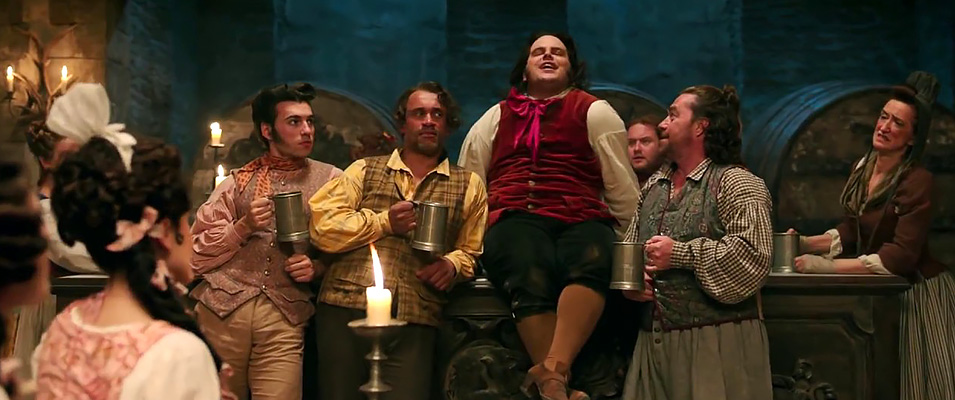
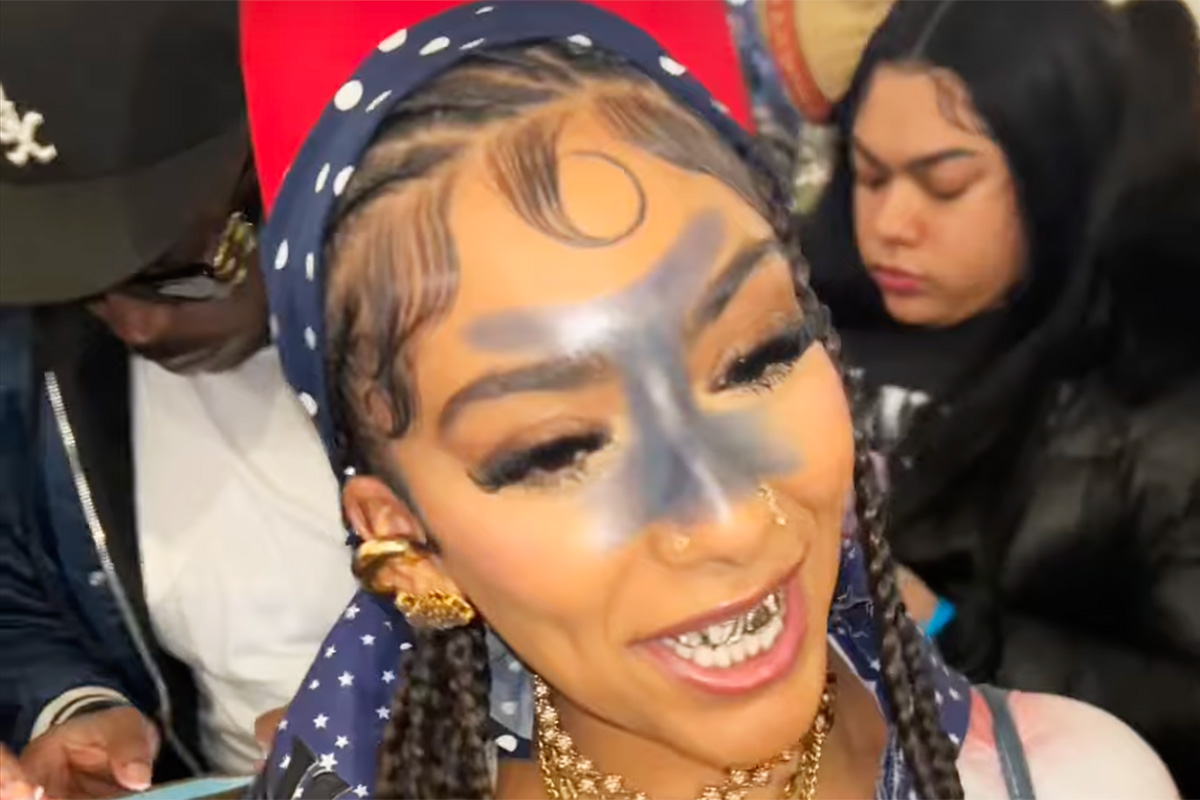
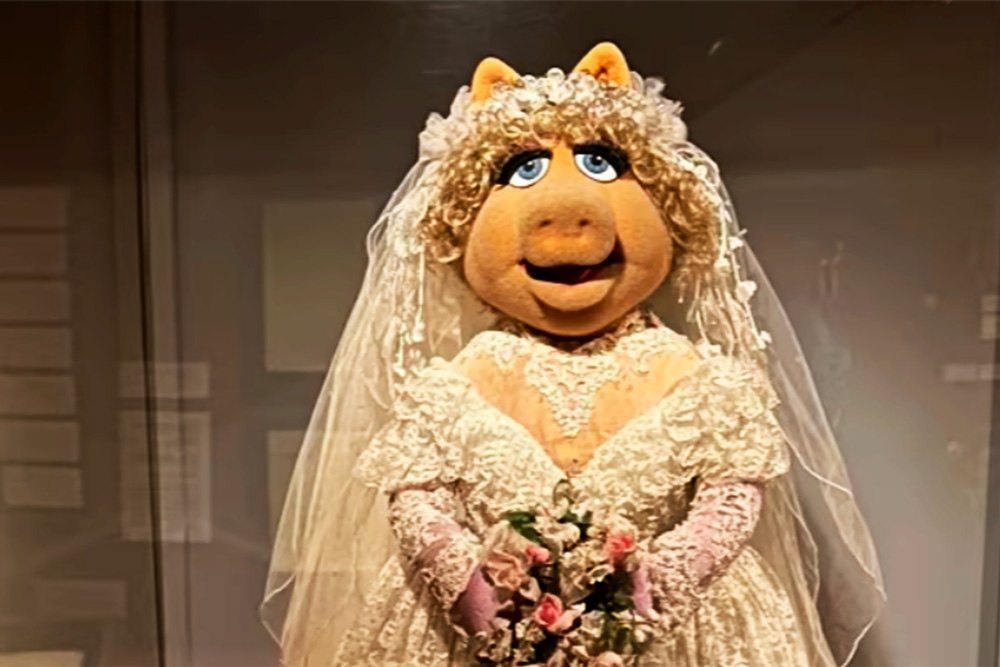
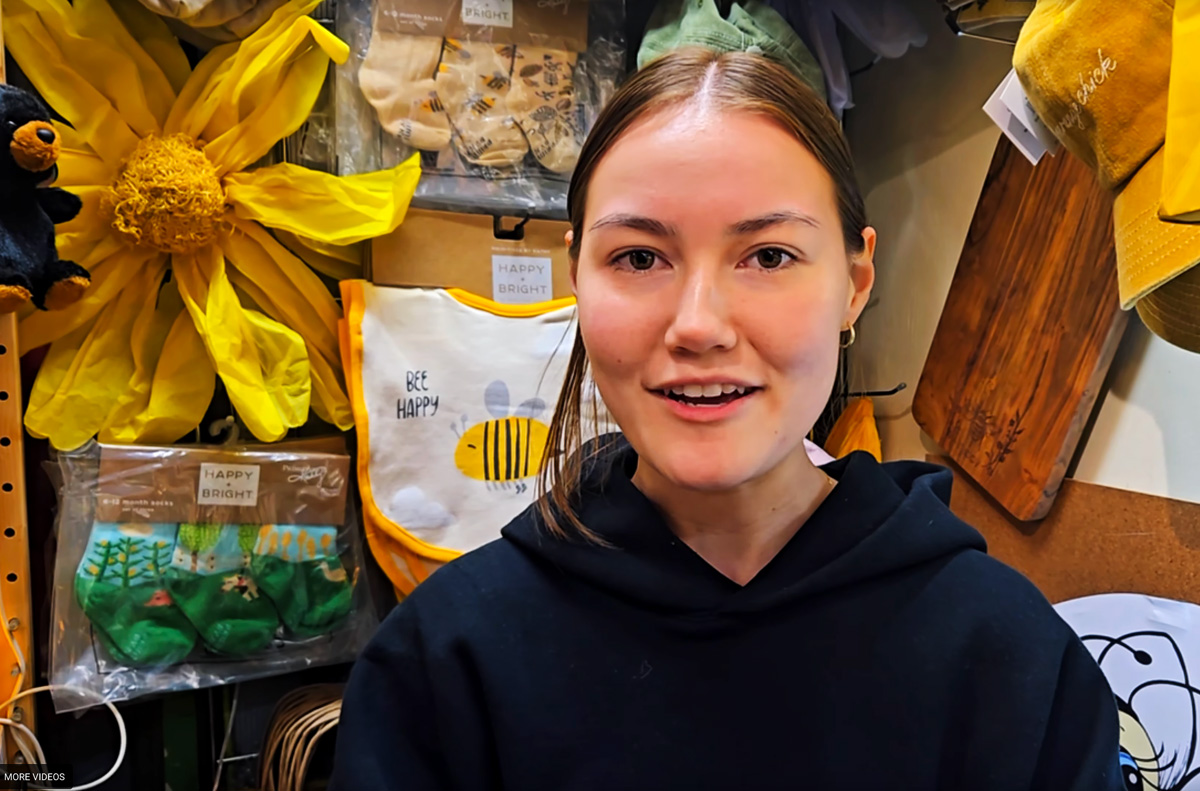
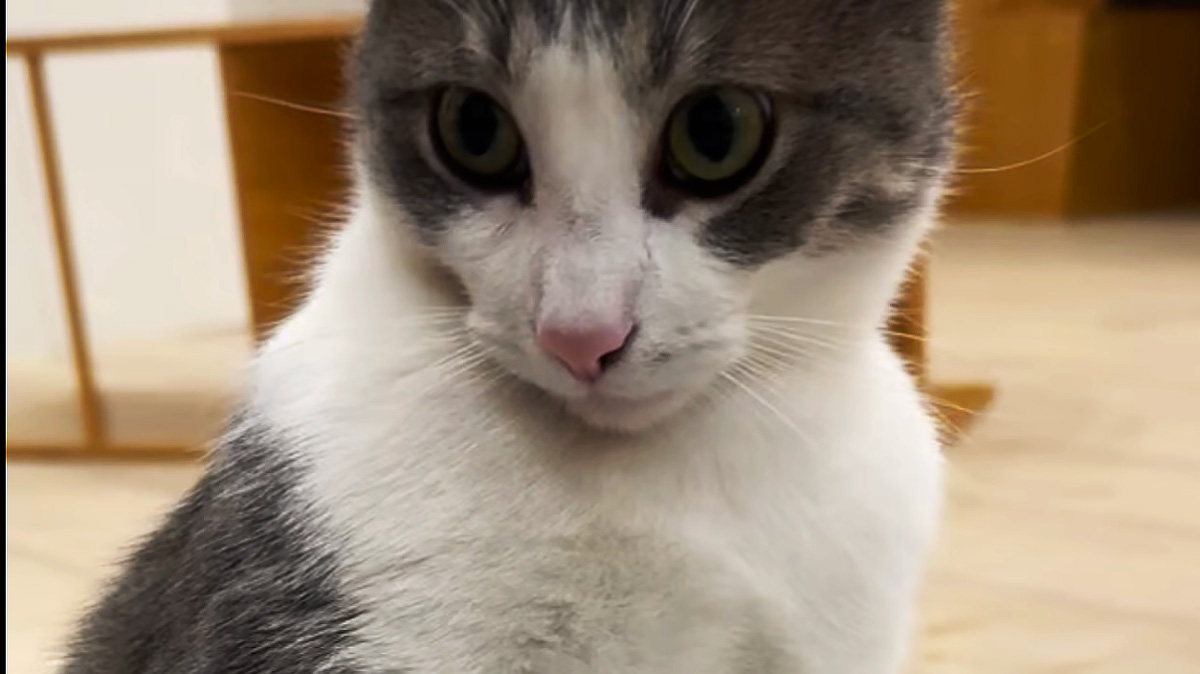
No comments